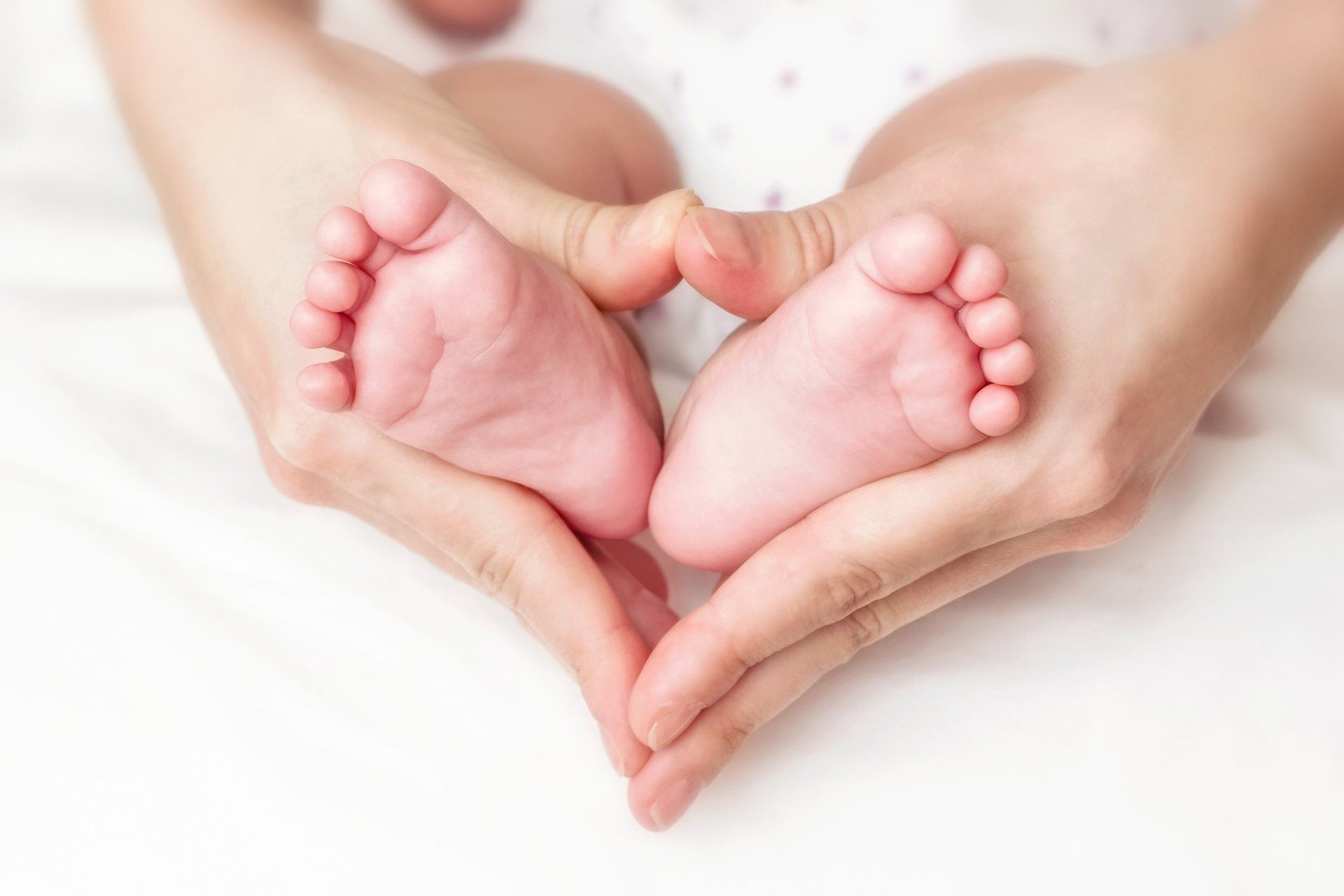Studies & Partnerships – Pilot projects
We test, measure, and publish. Discover our field studies and scientific collaborations.
-
1. CH Aubagne – EMS/SSR (France) — Completed
- Objective: Control the risk of infection via probiotic cleaners (Bacillus) in EMS/SSR, comparison vs biocides.
- Method: 12 months (06.2022–06.2023); monthly samples on surfaces & siphons (3,036 boxes); PROBIOWAY products (0.5% / sprays)
-
2. Studies in Italy (Castles, Soffritti, Accolti) - Terminé
Partners: University of Ferrara (Prof. Caselli team); hospitals of Feltre, Tolmezzo, Vigevano, Rome, Foggia, Messina; Burlo Garofolo Hospital – Pediatric Emergency Department (Trieste). Period and scope: 2016–2022 (Caselli series); 2018–2019 (multicenter); 2022 (Soffritti, d'Accolti). Objective: To measure the impact of PCHS on the pathogen load of surfaces, the resistome (ARG), HAIs and antibiotic consumption; to validate use in a COVID context (pediatric emergencies). Methodology: Routine implementation of PCHS on high surfaces/floors, regular sampling and microbiological analyses (pathogens, ARGs), monitoring of HAIs and pharmaceutical consumption, comparison before/after biocides (multicenter) and in a COVID context.
-
3. EPFL Lausanne - In progress
Objective: To demonstrate the preventive efficacy of PCHS against a selection of pathogens on surfaces. To evaluate the prevention of long-term recolonization of surfaces. Methodology: Routine implementation of PCHS on high surfaces/floors (treated sites) vs. control sites. Serial sampling plan (n=384) with microbiological analyses according to selective media. Indicators monitored and acceptance criteria defined by EPFL; harmonized HTS Bio protocol.
-
4. SCIENTIFIC STUDIES-Swissnoso
Objective: To demonstrate the preventive efficacy of PCHS against a selection of pathogens on surfaces. To evaluate the prevention of long-term recolonization of surfaces. Methodology: Routine implementation of PCHS on high surfaces/floors (treated sites) vs. control sites. Serial sampling plan (n=384) with microbiological analyses according to selective media. Indicators monitored and acceptance criteria defined by EPFL; harmonized HTS Bio protocol.
-
5. CH Compiègne-Noyon (maternity) - Completed
Objective: Compare 2 high surface maintenance techniques: S1 = detergent-disinfectant (biocide) → S2 = probiotic detergent; measure surface contamination, HAI and BMR. Methodology: Six-monthly plan before/after (biocide → probiotic). Surface samples: total flora; “pathogenic” flora (Staphylococcus spp., Pseudomonas spp., Acinetobacter spp., Enterobacteriaceae, Aspergillus); probiotic flora (Bacillus subtilis, B. pumilus, etc.). Continuous monitoring of HAI (ENP 2022 definition) and BMR via lab data. User opinions and cost monitoring.





